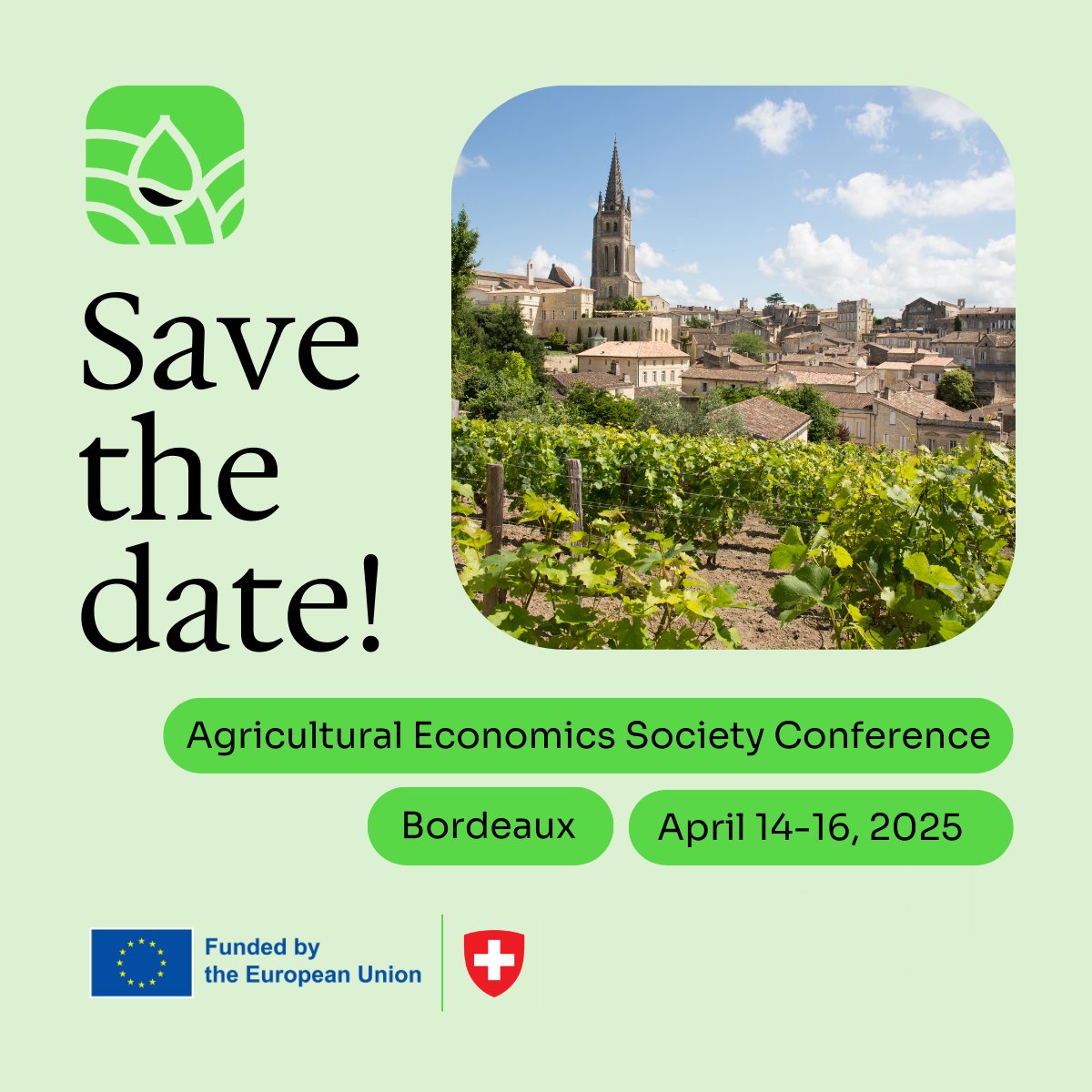From Theory to Implementation: Refining Risk Management Tools in Trento
From in-depth discussions to lively dinners, our three-day meeting at the University
of Trento brought together the Work Package 5 team for a highly productive and engaging session. Hosted by our
colleagues at the University of Trento and joined by colleagues from Wageningen University & Research and the
Swedish University of Agricultural Sciences, we made significant progress across all tasks, refining our systematic
literature reviews, finalising survey instruments, and conceptualising innovative risk management tools for farmers.
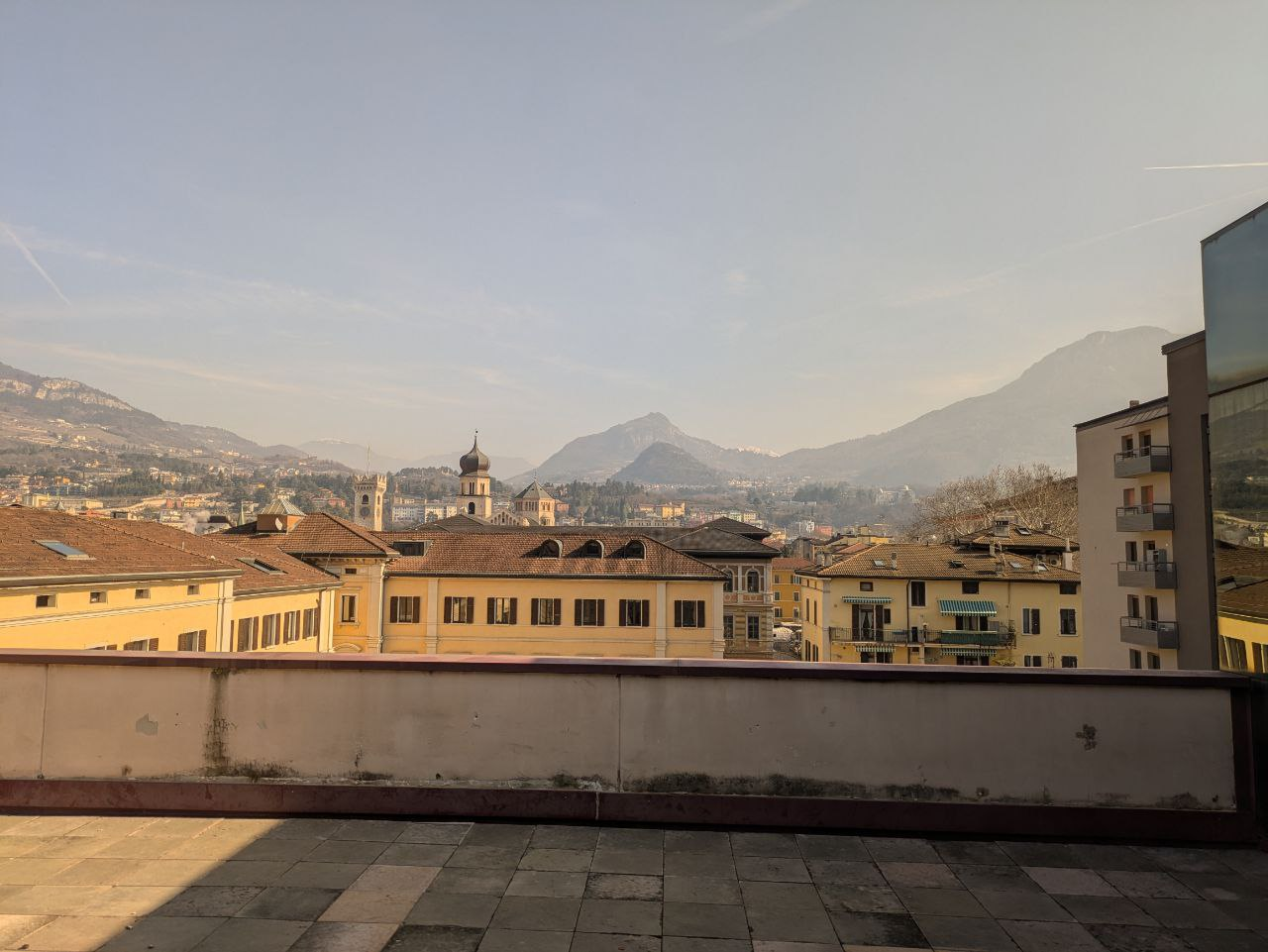
Day 1: Wrapping Up the Systematic Reviews
Our first day was dedicated to finalising Tasks 5.1 and 5.2—two systematic literature reviews examining how farmers make mineral fertiliser decisions under risk and their adoption of price risk management instruments. Having spent months collecting and analysing literature, we used this session to put the final touches on our reviews, ensuring completeness and coherence. Discussions focused on integrating different theoretical perspectives, refining our synthesis of behavioural economic insights, and aligning conclusions with broader project goals. With these tasks completed, we are now ready to move forward with disseminating our findings in deliverables.
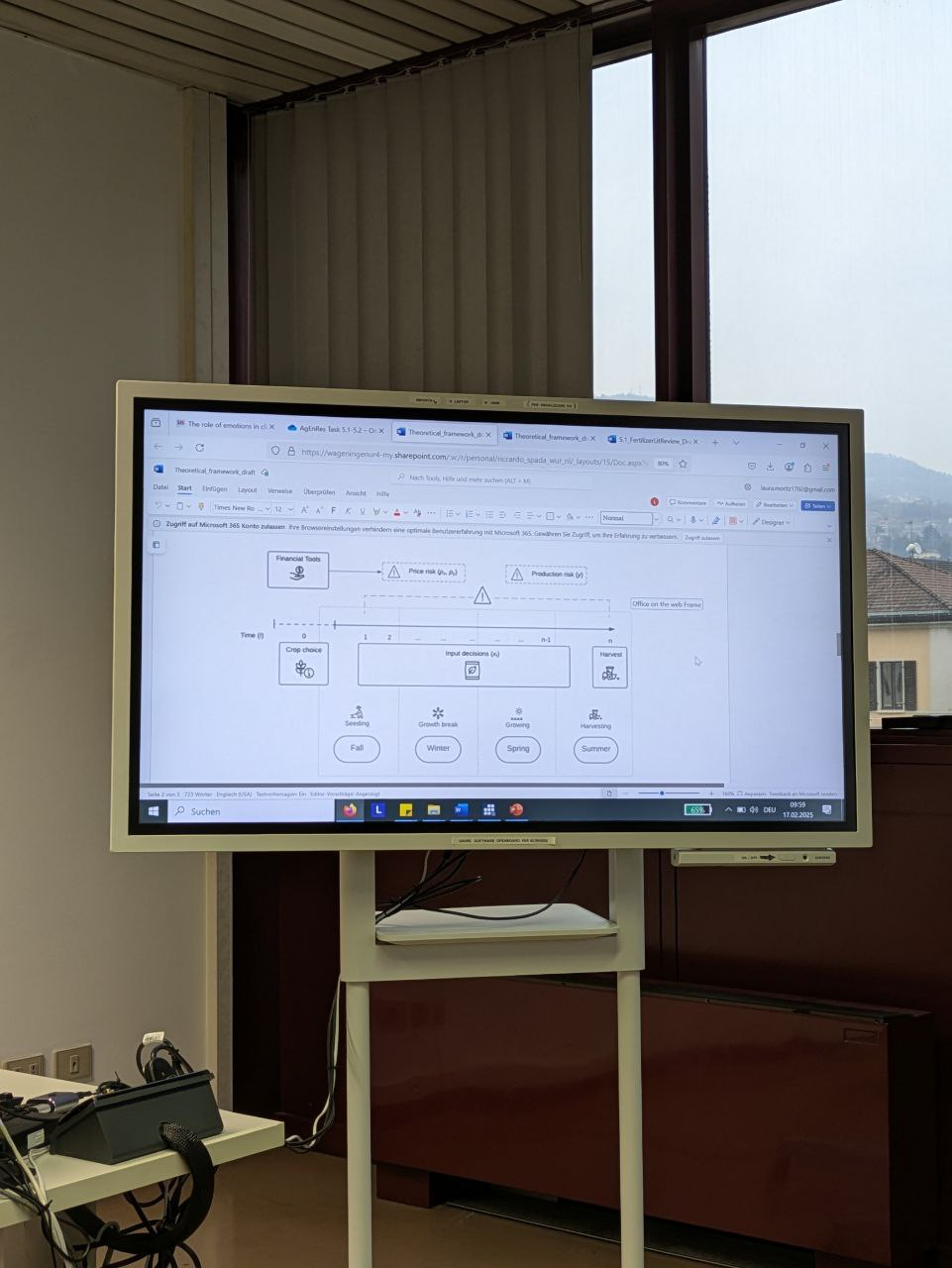
Day 2: Advancing Preference Elicitation and Risk Management Experiments and Simulations
With Tasks 5.1 and 5.2 behind us, we shifted our attention to Task 5.3, where we aim to understand farmers' preferences and risk management strategies through behavioural economic experiments. We finalised the survey instrument that will be implemented across Italy, Poland, the Netherlands, and Germany. This marks a major milestone, as it allows us to proceed with data collection in the coming weeks.
Task 5.4 discussions were equally fruitful. We now have a clear concept for developing innovative input price risk management tools that better reflect farmers’ real-world preferences. By integrating relevant behavioural theories—such as loss aversion and probability weighting—we identified ways to improve contract design beyond standard forward and futures contracts. These insights will help us create tools that are both practically viable and theoretically robust.
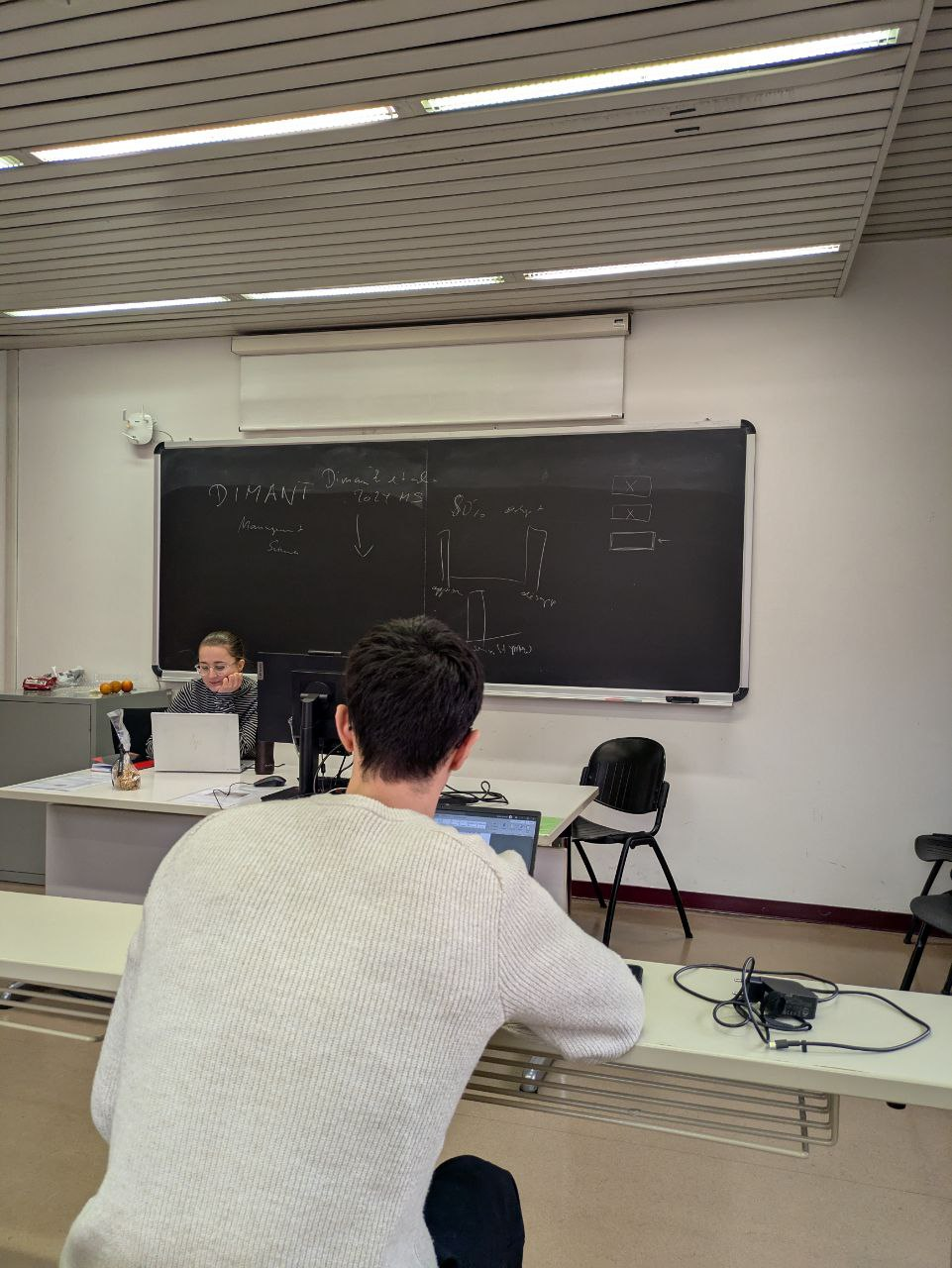
Day 3: Pushing Forward Behavioural Finance Experiments
Our final day centred on Task 5.5, where we are developing a behavioural finance experiment to assess farmers' willingness to engage in newly designed price risk management tools. While we began with a brainstorming session, the discussion quickly evolved into a structured framework. We now have a strong foundation for testing how different contract features influence adoption and how farmers' risk preferences shape their financial decisions. The next step will be refining the experimental setup and preparing for data collection.
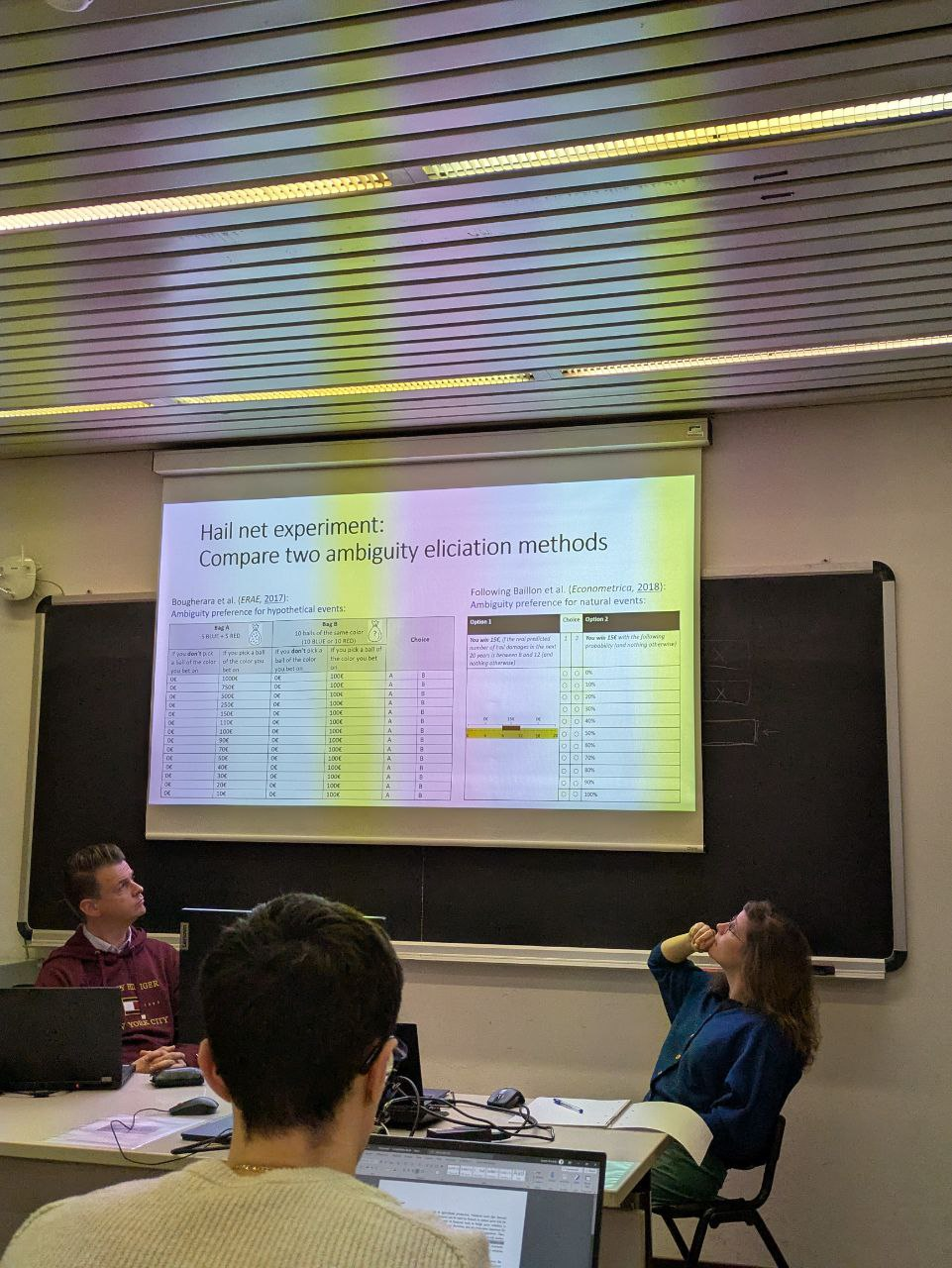
Beyond the Research: Strengthening Collaboration
While our days were filled with focused work, the evenings provided an equally important space for informal exchanges and networking. Shared dinners in Trento’s historic centre allowed us to reflect on the day’s discussions, exchange ideas in a relaxed setting, and strengthen our bonds. These moments of connection remind us that research is not just about data and theories—it is also about the people who bring these ideas to life.



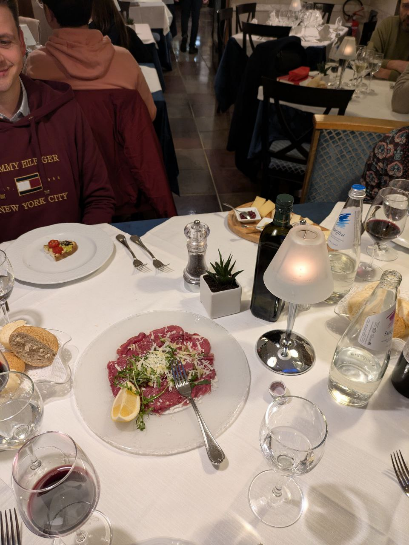
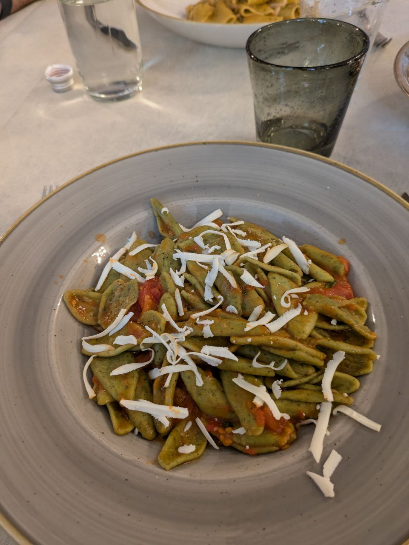
Looking Ahead
With clear progress made across all tasks, we leave Trento with a renewed sense of momentum. As we move into the next phases—data collection, tool development, and experimental implementation—we carry forward the insights, energy, and camaraderie built during these three intensive days. Our work is far from over, and we are looking forward to meeting again in April in Bordeaux!
